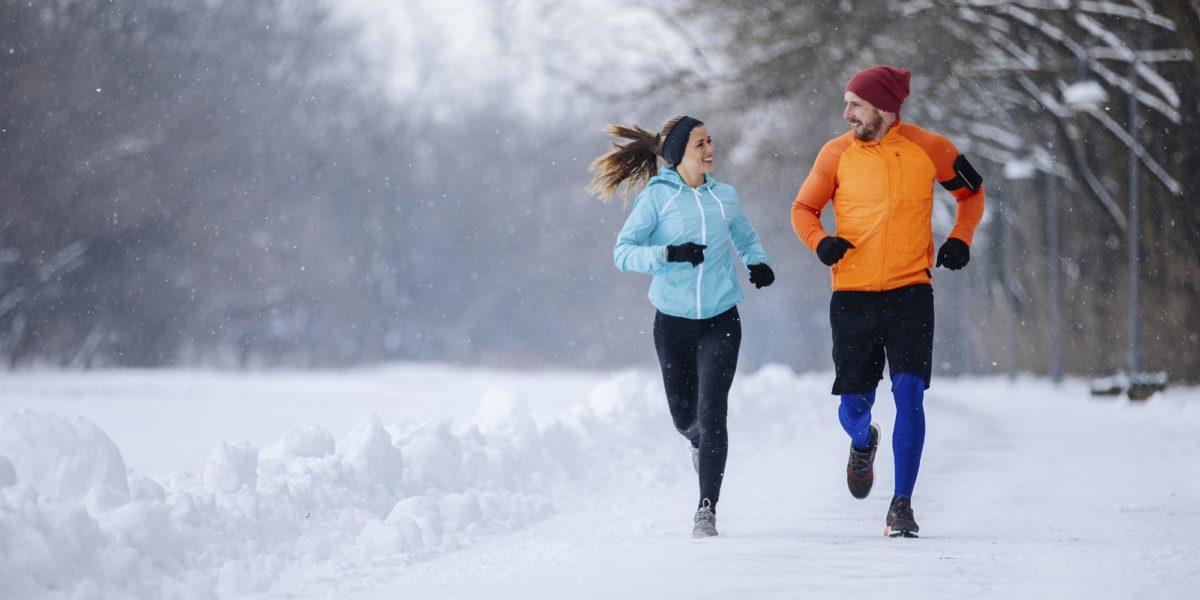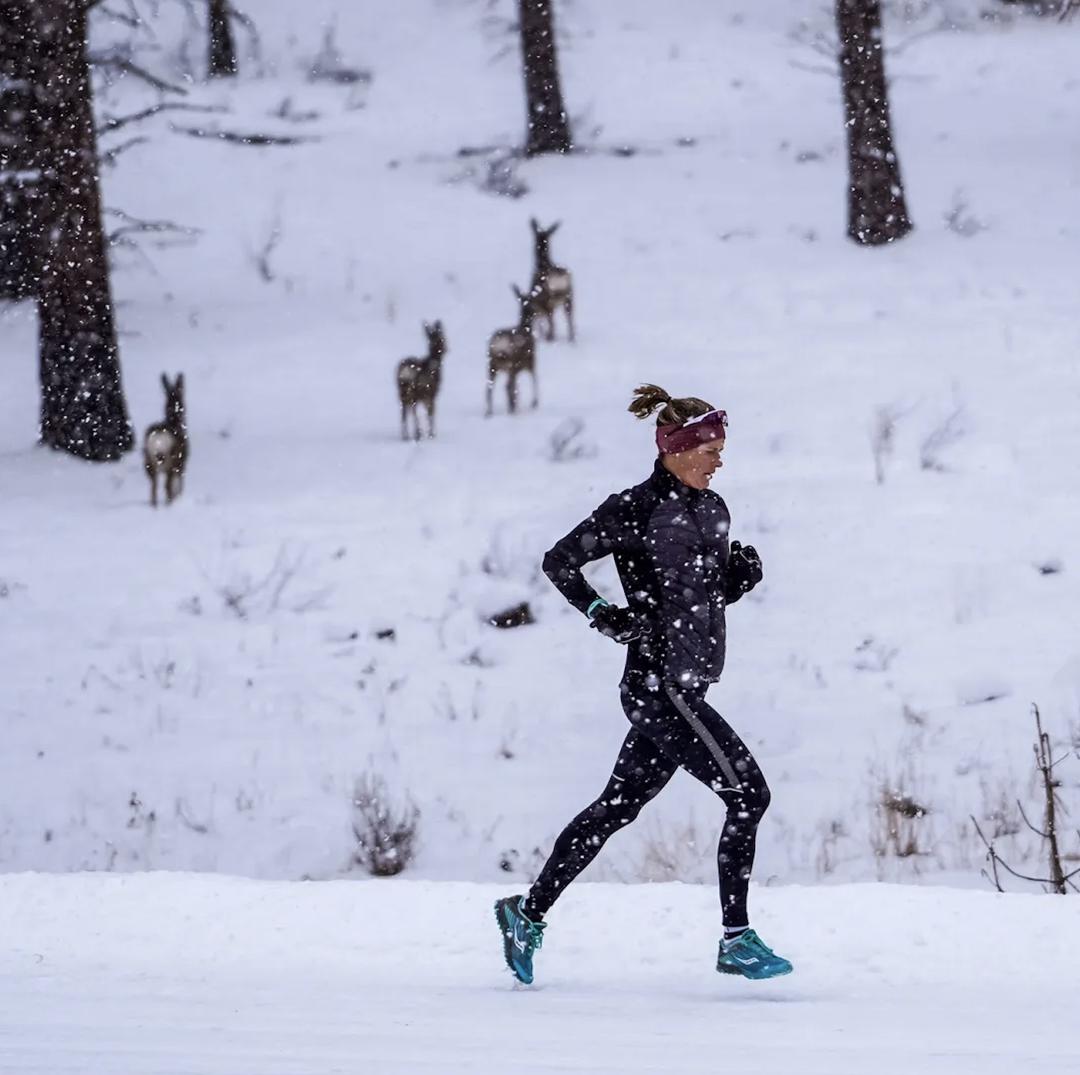How to Exercise in the Cold
Has the cold weather sent your outside exercise routine into hibernation? We have good news for you—you don't have to wait for warm weather to get back out there! Read today's blog post to learn how you can safely workout in the cold by staying warm and preventing injury.
Dress right
Dressing right to protect yourself while exercising in the cold weather is essential. Prioritize wearing 'dry' over 'warm' clothes and make sure you wear several layers that you can easily remove as you warm up throughout your workout. When layering, remember to protect any exposed extremities, including your nose, ears or fingers.
Another important aspect to consider when working out outside in the winter is safety. Make sure you wear shoes with enough traction to prevent you from slipping and sliding during your workout. Since the days are shorter and it is typically darker in the winter, is also important to remember to wear bright or reflective colors in order to make yourself visible to oncoming traffic (if you are, for example, running or cycling in the street).
Lastly, it is very important that you change out of damp clothes immediately following your workout to avoid the buildup of lactic acid through muscle chill. To keep your muscles warm and avoid soreness, change out of your workout clothes, take a warm shower, and put on dry clothes following your cool down.
Warm up and cool down
A solid warm up is very important to perform before any exercise, especially outside in the cold.
Performing a dynamic warm up before you begin your cold-weather workout will increase the blood flow and temperature within your muscles, helping to decrease the risk of injury such as sprains and strains. If you warm up your muscles before exercising in the cold, they will be more pliable and less likely to overextend during your workout.
For the best warm-up, perform low-intensity movements that mimic the exercise you will be engaging in.
Similarly, remember to perform a cool down before finishing your workout. If you do not engage in a cool down, you put your muscles at risk of strain from a build up of lactic acid. Your heart also appreciates a cool down—after all, going from strenuous exercise to casually standing around can put extra strain on your cardiovascular system.
For both warm ups and cool downs, it is always best to slowly transition in and out of strenuous exercise.
Pay extra attention to your body
Working out in cold environments can be particularly challenging on your body. Given this reality, it is very important that you stay mindful of your breath and level of hydration.
Breath work is of vital importance during strenuous workouts in the cold. Especially if you are not used to working out in the cold, breathing can be difficult—and even painful—at times. Combat this by wearing a cloth face shield when exercising outside to help generate and retain moisture and warmth in your breath.
In addition, it is very important to stay properly hydrated when exercising. Make sure to drink lots of fluids with electrolytes throughout the day, especially on days that you workout. This will also help to keep your skin hydrated in the winter, as oftentimes, working out in cold weather can dry out your skin. If this happens, you can supplement your skin's moisture with added barriers such as creams, oils and lotions. One way to avoid over-drying on your face or exposed parts of your body during a workout is by using a moisturizing sunscreen to protect your skin from UV rays and harsh weather.










